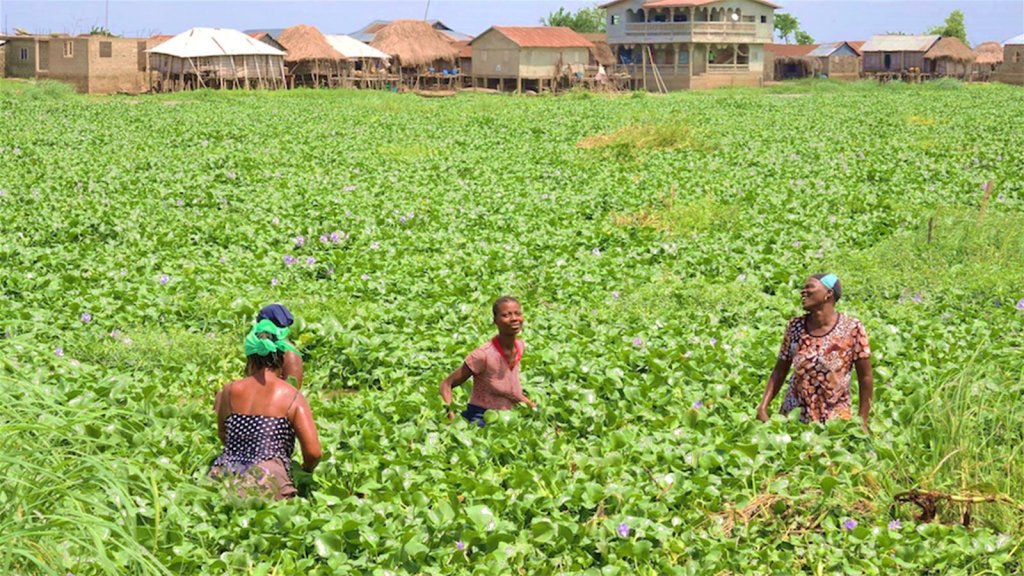

To view an image of the pole vector, see Rotate Plane solver. This is because the joint chain’s degree of orientation-or twist-is defined as the difference in orientation between the reference plane and the joint chain plane. Since moving the pole vector changes the orientation of the reference plane, moving the pole vector can also change the orientation of the joint chain directly just as manipulating the twist disc can change the orientation of the joint chain. The pole vector also lets you control flipping. The pole vector is a manipulator that lets you change the orientation of the IK chain. To view an image of the reference plane, see Rotate Plane solver. The plane that the joint chain plane rotates relative to is the reference plane. To view an image of the joint chain plane, see Rotate Plane solver.įor the joint chain plane to rotate and twist the joint chain, the plane must rotate relative to some other plane so that the degree of twist can be measured. When you manipulate the pole vector, you are rotating the joint chain plane about the handle vector. The joint chain plane rotates about the handle vector. The joint chain plane is the plane that contains all the joints in the joint chain and poses through the axis.

To view an image of the twist disc, see Rotate Plane solver. You can use the twist disc to re-orient the plane after you move the pole vector to prevent flipping. Translating the pole vector often leaves the IK chain pointing in the wrong direction. The twist disc is located at the end joint of the IK chain. The twist disc is a manipulator that you can use to twist or rotate the joint chain. If you want to fine-tune the IK solvers for certain IK handles only, while not affecting other IK handles, you can create additional IK solvers for your IK handles using the createNode MEL command. Consequently, if you edit the attributes of the shared IK solver node, all the IK handles that connect to the node are affected. For example, all IK handles that use single chain IK also connect to the same ikSCsolver node.

If you want to pose and animate simple three joint IK chains for use in games, use 2 bone IK.īy default, each IK handle you create that uses the same type of IK solver, also shares the same IK solver node. If you want to pose and animate longer joint chains, use spline IK. If you want to pose and animate joint chains that have between two and four joints, use single chain or rotate plane IK. See Spring IK solver and IK Spring Solver Attributes. See Multi-chain solver and Create the multi-chain solver.īefore you can use the spring IK solver, you first need to activate it in Maya. To create the multi-chain IK solver, use the createNode MEL command. See 2 Bone solver and Create a 2 bone solver. In addition to the default solvers, you can create the following solvers:īefore you can use the 2 bone IK solver, you first need to manually load and activate it in Maya.


 0 kommentar(er)
0 kommentar(er)
